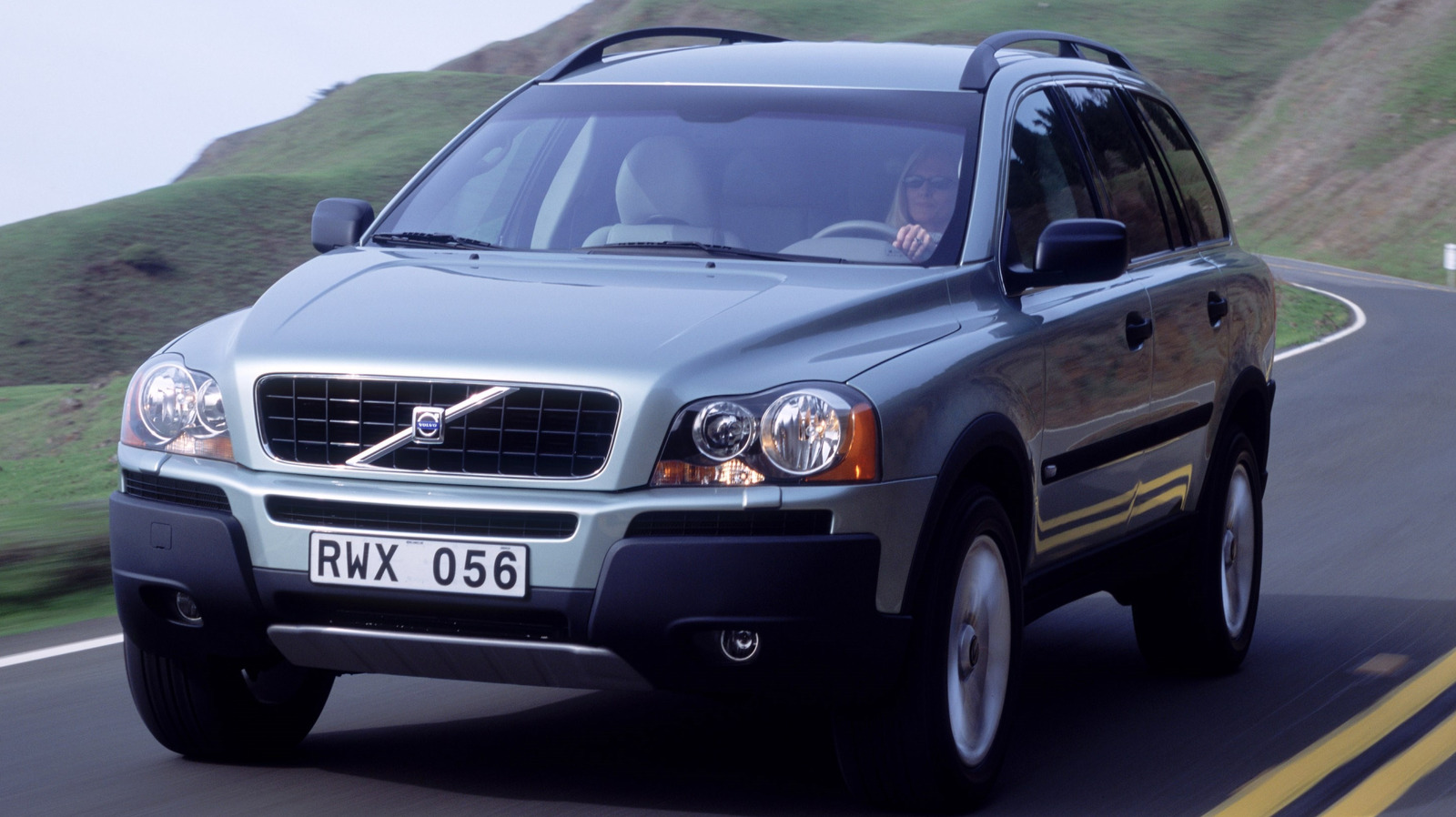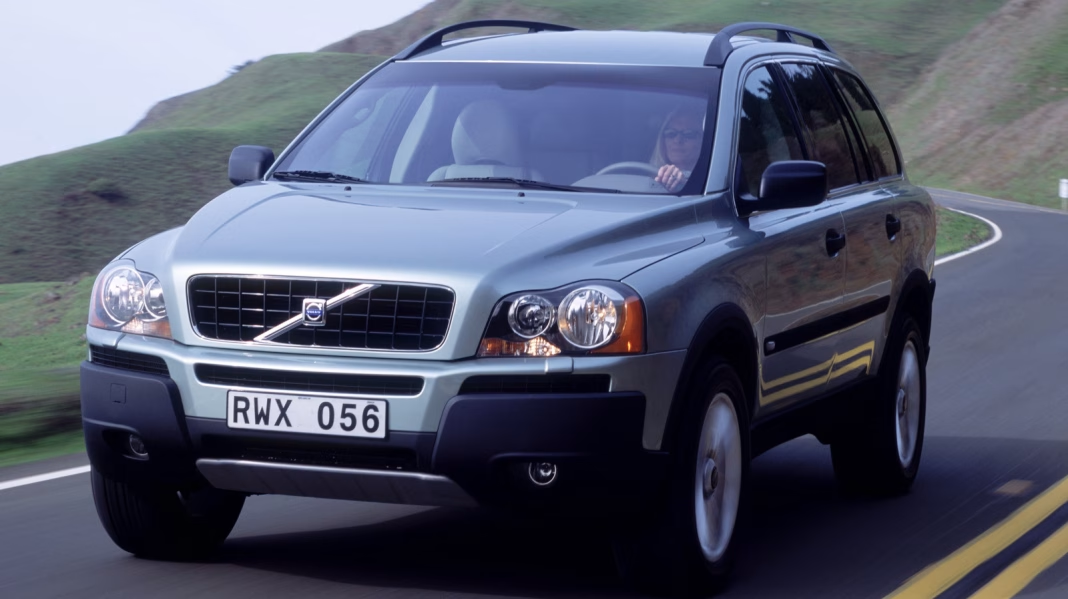Navigating the roads can sometimes feel like a game of hide and seek, especially when it comes to those pesky blind spots. You know the drill: you crane your neck, adjust your mirrors to the widest angle possible, and still, there’s that nagging feeling that something—or someone—might be lurking just out of sight. For years, drivers relied on these manual tricks to stay safe, but everything changed with the introduction of the 2003 Volvo XC90.
How Did the 2003 Volvo XC90 Change the Game?
The 2003 Volvo XC90 was a groundbreaking vehicle, not just for its sleek design and safety features, but for introducing the world’s first blind spot monitoring system. Imagine driving without the constant worry of what’s hidden in your peripheral vision. This innovative technology used sensors to detect vehicles in adjacent lanes, alerting drivers with a light on the side mirrors. It was a game-changer, turning what was once a manual task into an automated safety feature.
The XC90’s blind spot monitoring system was a response to a real need. According to the National Highway Traffic Safety Administration (NHTSA), blind spot accidents account for a significant number of collisions, particularly during lane changes. By integrating technology directly into the vehicle, Volvo not only enhanced driver awareness but also set a new standard for safety in the automotive industry.
What Are Blind Spots and Why Are They Dangerous?
Blind spots are those areas around your vehicle that aren’t visible through your mirrors. They can vary in size depending on the vehicle’s design and the driver’s position. These zones are particularly hazardous during lane changes or merges, where a vehicle could be right next to you without your knowledge.
Statistics show that nearly 840,000 accidents occur each year due to lane change errors, many of which are linked to blind spots. This is where the XC90’s innovation shines. By providing real-time feedback, drivers could make safer decisions, reducing the likelihood of accidents.
How Do Modern Blind Spot Monitoring Systems Work?
Today’s blind spot monitoring systems have evolved significantly since the XC90. Most systems now utilize radar or cameras to detect vehicles in blind spots. When another vehicle enters this zone, the system alerts the driver, often through visual or audible warnings. Some advanced systems even include features like automatic steering assistance to help prevent collisions.
For instance, many newer models come equipped with cross-traffic alerts that warn drivers of approaching vehicles when backing out of parking spaces. This added layer of safety is particularly beneficial in crowded urban environments where visibility can be severely limited.
What Should You Look for in a Blind Spot Monitoring System?
When considering a vehicle with a blind spot monitoring system, it’s essential to look for a few key features:
1. **Reliability**: Ensure the system has a proven track record. Look for reviews and safety ratings from trusted sources.
2. **Alert Types**: Different systems use various alert methods. Some may use lights, while others may provide audible warnings. Choose one that fits your driving style.
3. **Integration**: A well-integrated system should work seamlessly with other safety features, such as lane-keeping assist and adaptive cruise control.
4. **User Experience**: Test the system during a test drive. Make sure it’s intuitive and doesn’t distract you while driving.
The Future of Blind Spot Monitoring
As technology continues to advance, we can expect even more sophisticated systems to emerge. Features like 360-degree cameras and artificial intelligence are on the horizon, promising to enhance driver awareness even further. Imagine a vehicle that not only alerts you to blind spots but also predicts potential hazards based on traffic patterns.
The big takeaway? Blind spot monitoring isn’t just about adding a feature to your car—it’s about creating a safer driving experience. Whether you’re in a busy city or cruising down the highway, these systems can make a significant difference. If you’re in the market for a new vehicle, consider how these technologies can enhance your safety. Start with one change this week, and you’ll likely spot the difference by month’s end.


